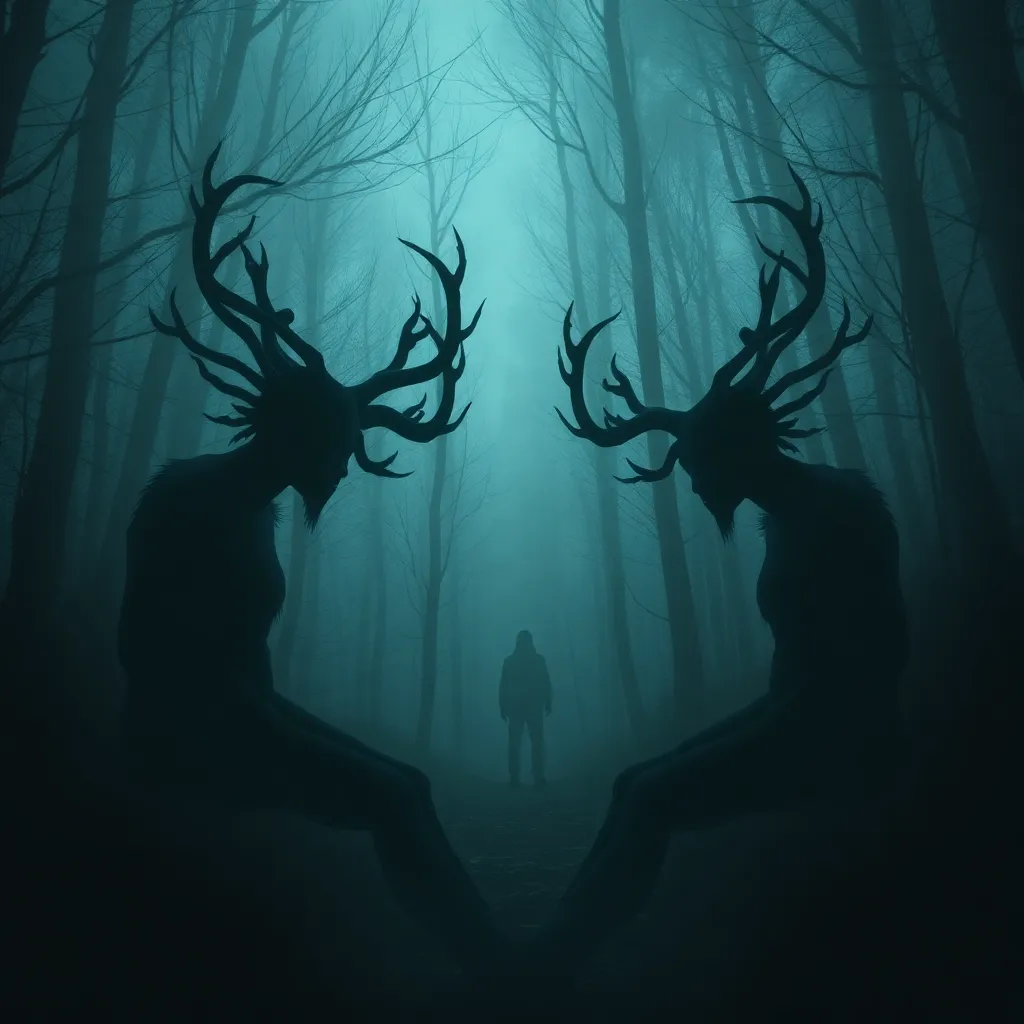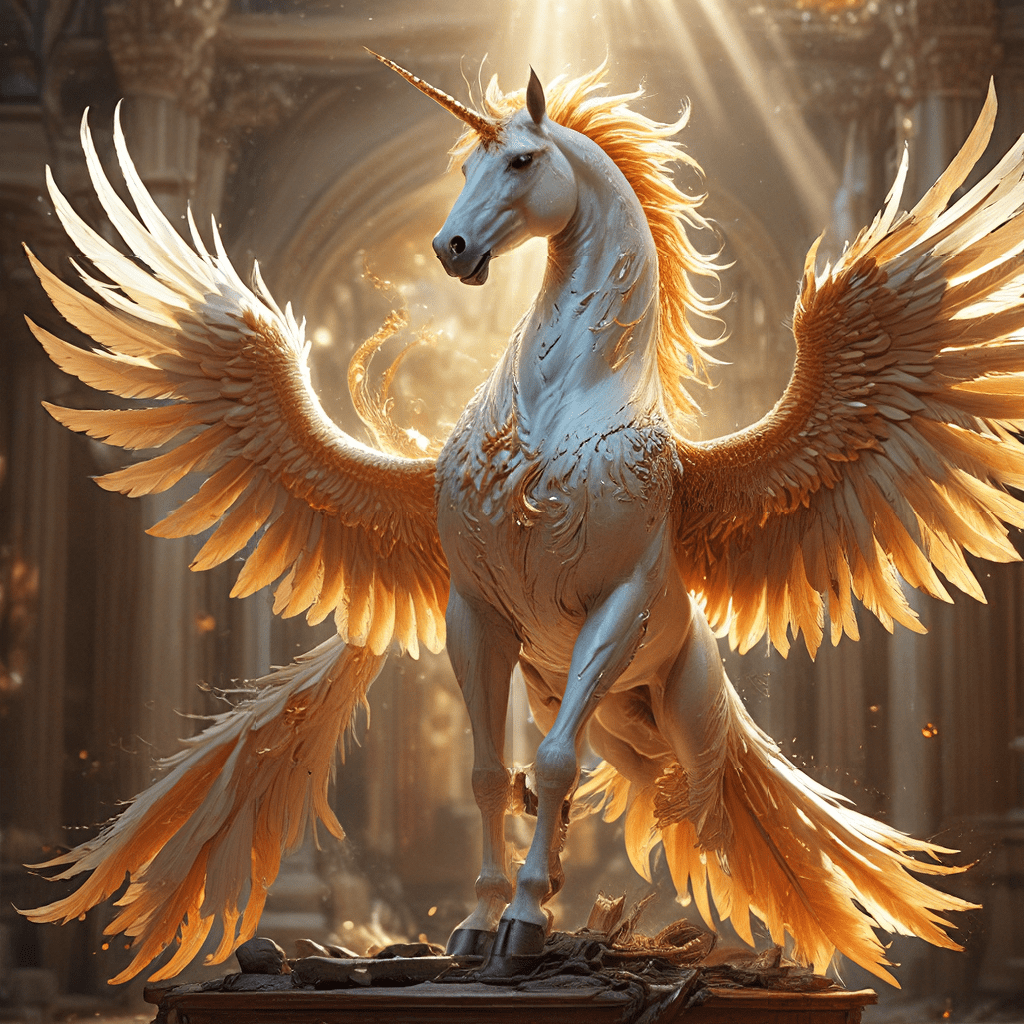The Skinwalker’s Witness: Sharing Personal Experiences with Shapeshifters
I. Introduction
Skinwalkers are a prominent figure in Native American folklore, particularly within the Navajo culture. They are often depicted as malevolent witches who have the ability to shapeshift into various animals, allowing them to deceive and harm others. The concept of shapeshifting is not limited to Navajo legends; it is a common theme found in many cultures around the world, from the werewolves of European folklore to the trickster spirits of African traditions.
The purpose of this article is to share personal experiences and witness accounts of those who claim to have encountered Skinwalkers. These stories not only reflect the deep-rooted beliefs in shapeshifters but also provide insight into the emotional and psychological impacts of such encounters.
II. Understanding Skinwalkers
The legend of the Skinwalker has a rich historical context that dates back centuries. Originating primarily from the Navajo tribe, Skinwalkers are said to be individuals who have gained the ability to transform into animals through dark magic or by violating cultural taboos. This practice is often associated with witchcraft, and it carries a heavy stigma within the community.
Within Navajo and other Indigenous cultures, Skinwalkers hold significant cultural importance. They embody fears of evil and the breakdown of social norms, serving as cautionary tales about the consequences of straying from traditional values. Characteristics attributed to Skinwalkers include:
- Ability to shapeshift into various animals, commonly wolves, coyotes, or bears.
- Heightened senses and exceptional speed.
- Possession of supernatural powers, including mind control and invisibility.
III. Personal Testimonies: Encounters with Skinwalkers
Many individuals have come forward with firsthand accounts of encounters with Skinwalkers, each story unique yet sharing common threads. Here are a few selected testimonies:
- Testimony 1: A Navajo man recalls walking home alone at night when he heard strange noises. Suddenly, he saw a figure resembling a coyote that transformed into a human form before his eyes, leaving him terrified and confused.
- Testimony 2: A woman describes a chilling experience camping in the desert. She awoke to find her tent surrounded by a pack of coyotes, only to later realize that one of them had been watching her with human-like eyes.
- Testimony 3: A young girl recounts a family story of her uncle who encountered a Skinwalker while hunting. He reported feeling an overwhelming sense of dread, and upon returning home, he discovered his belongings had been tampered with.
The common themes in these testimonies include feelings of fear, confusion, and a strong sense of being watched. Many witnesses describe the experience as life-changing, instilling a deep respect for the supernatural and a cautious approach to the world around them.
IV. The Psychology of Belief: Why People Share Their Stories
The sharing of Skinwalker stories often stems from a complex interplay of fear and fascination. Many individuals are drawn to the idea of the supernatural, and the thrill of recounting such experiences can provide a sense of connection to something greater than themselves.
Psychological theories suggest that belief in the supernatural can be attributed to:
- Cognitive biases that lead people to perceive patterns and meanings in random events.
- The human tendency to anthropomorphize animals and nature, attributing human-like qualities and motivations to them.
- A social bonding mechanism where shared fears and experiences create stronger community ties.
V. Scientific Explanations vs. Folklore
While many experiences are deeply rooted in cultural beliefs, scientific explanations can sometimes provide alternative perspectives. For instance, phenomena such as sleep paralysis or hallucinations may account for some reported encounters. The intersection of folklore and psychological phenomena creates a rich tapestry of understanding that is both fascinating and complex.
However, skepticism can also lead to dismissing personal beliefs. It is essential to acknowledge that individual experiences may not always align with scientific reasoning, and the importance of personal belief cannot be understated.
VI. The Cultural and Ethical Responsibility of Sharing Stories
When sharing stories of Skinwalkers, it is crucial to approach the subject with sensitivity and respect for Indigenous cultures. These narratives are not just entertainment; they carry deep cultural significance and reflect the values and beliefs of the communities from which they originate.
Respectful storytelling involves:
- Understanding the cultural context and significance of the legends.
- Avoiding sensationalism that might trivialize or exploit the beliefs of Indigenous peoples.
- Recognizing the impact these stories can have on both Indigenous communities and the broader society.
VII. Modern Media and the Evolution of Skinwalker Stories
In contemporary culture, Skinwalker stories have found their way into various media forms, including films, television shows, and literature. This representation has both romanticized and distorted the original narratives, often leading to misconceptions about the true nature of these legends.
Social media has also played a pivotal role in the spread of shapeshifter stories, allowing individuals to share their experiences widely and connect with others who have had similar encounters. However, this can lead to the proliferation of myths and inaccuracies that overshadow the authentic cultural roots of the Skinwalker legend.
VIII. Conclusion
Sharing personal experiences with Skinwalkers serves as a powerful reminder of the significance of these legends in contemporary culture. They not only connect us to our past but also invite us to engage with the complex web of fear, belief, and community that surrounds the supernatural.
As we explore these narratives, it is essential to approach them with respect and an open mind. By doing so, we honor the cultural significance of these stories and contribute to a greater understanding of the diverse tapestry of human experience.
Readers are encouraged to delve deeper into the cultural narratives that shape our understanding of the world, fostering a sense of respect and appreciation for the rich heritage of Indigenous tales.



